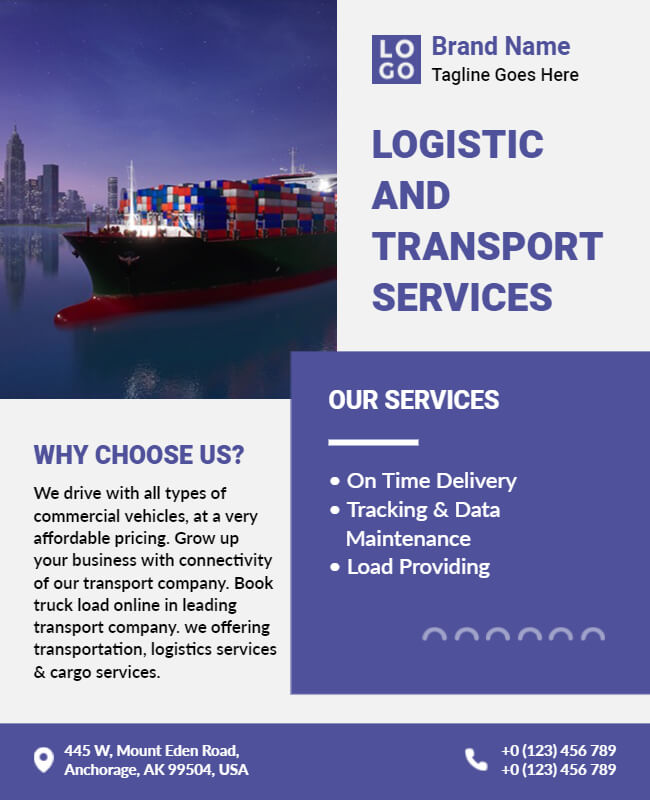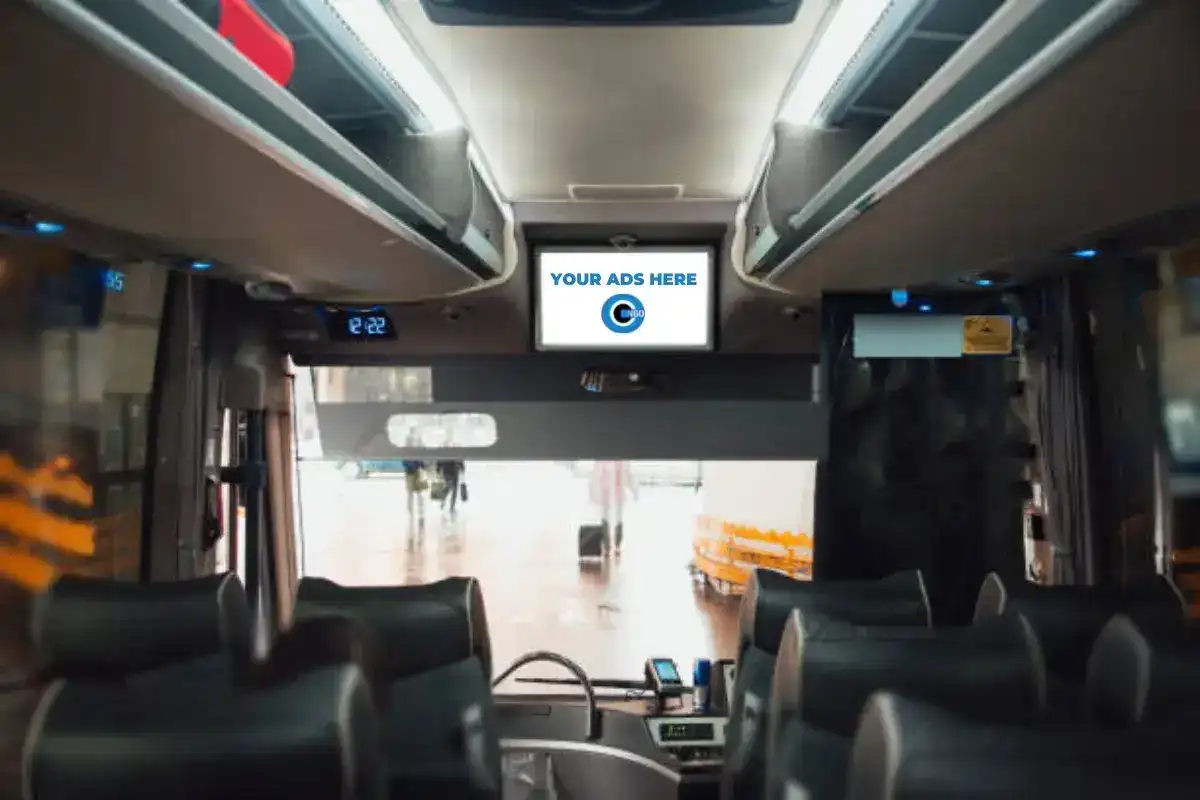Transit Advertising Philippines: Reach Countless Travelers Daily
Transit Advertising Philippines: Reach Countless Travelers Daily
Blog Article
Exactly How Transportation Advertising Can Change Mass Transit Spaces Into Dynamic Marketing Operatings Systems
Transportation advertising and marketing holds substantial possibility to redefine public transport rooms right into lively advertising and marketing systems that notify and engage. As we explore the multifaceted benefits and evolving approaches of transportation advertising and marketing, it increases the concern of exactly how this change could redefine our interactions with both brand names and the metropolitan atmosphere.
Benefits of Transit Advertising And Marketing

Additionally, transportation marketing is very economical compared to standard media. It allows marketers to achieve high impacts at lower prices, optimizing return on investment. The restricted audience of commuters gives a chance for brand names to convey their messages to people who are commonly receptive during their traveling times.
Additionally, the vibrant nature of transportation marketing permits campaigns to be updated regularly, ensuring that messaging stays timely and pertinent. This adaptability can be vital in replying to market trends or marketing occasions, maintaining the brand top-of-mind for customers. Last but not least, the pervasive existence of transportation advertising and marketing contributes to brand recall; duplicated direct exposure within acquainted travel contexts strengthens brand name recognition and cultivates consumer loyalty, eventually driving sales and boosting brand credibility.
Kinds Of Transportation Advertising And Marketing
Public transport systems provide various formats for marketing, each providing to various advertising methods and audience engagement techniques. One noticeable kind is exterior bus and train covers, which cover the entire vehicle and create a mobile billboard result, enabling for high visibility in metropolitan environments. These covers can capture attention as they traverse busy streets, reaching a diverse audience.
An additional prominent style is interior advertising and marketing, which consists of posters, electronic screens, and advertisements on transportation seats. These placements engage guests throughout their journey, enhancing brand name messaging in a restricted space. Digital presents, particularly, provide the benefit of dynamic content, making it possible for marketers to update messages in real-time.
Terminal marketing is also substantial, including posters, banners, and interactive kiosks within transportation stations. These ads utilize foot traffic and can target details demographics based on location.
Finally, promotional collaborations with transit authorities can bring about special campaigns, such as themed transportation experiences or events, improving the overall involvement with commuters. Each kind of transit advertising and marketing provides distinctive benefits, permitting brands to tailor their strategy to successfully reach their target audience within the public transport community.
Involving Travelers Efficiently
Travelers are increasingly swamped with advertising and marketing messages during their day-to-day travels, making it vital for brand names to engage them in ingenious means. To capture interest in this congested room, advertisers should focus on creative thinking and relevance. Using attractive visuals and concise messaging can dramatically enhance the possibility of interaction.
Interactive components, such as QR codes or augmented reality features, can likewise change fixed advertisements right into immersive experiences, fostering a deeper connection with the audience. Brands must concentrate on resolving travelers' needs and interests, tailoring messages to resonate with their way of life, whether with promos for regional services or solutions made to boost their travelling experience.
In addition, timing plays an essential role; strategically placing ads during peak commuting hours can make best use of visibility and influence. Involving travelers properly additionally entails leveraging social media sites assimilation, permitting guests to share their promos or experiences directly from transit platforms, thereby amplifying brand name reach.
Basically, efficient interaction pivots on recognizing the traveler trip and producing engaging, interactive, and pertinent advertising and marketing experiences that not just catch attention yet likewise drive action and loyalty. By doing so, brand names can transform public transportation right into a dynamic advertising system that resonates with its target market.

Measuring Advertising Influence
Exactly how can brands properly examine the effectiveness of their advertising and marketing campaigns in transit settings? Determining the influence of transit advertising needs a multifaceted strategy that integrates qualitative and quantitative metrics. One widespread technique is tracking engagement with mobile analytics, where brand names can examine foot traffic patterns and application communications previously, throughout, and after campaigns.
Studies can offer beneficial insights right into brand name recall and consumer view, allowing brand names to gauge exactly how well their learn this here now messages reverberate with commuters. In addition, keeping track of social media sites engagement associated to specific campaigns can disclose changes in public perception and brand name conversation.

Moreover, teaming up with transit agencies can enhance measurement accuracy, as they commonly have detailed demographic data on ridership trends. By integrating these approaches, brand names can establish a thorough understanding of their advertising and marketing performance, ensuring that their campaigns not only get to yet also impact their target audiences effectively.
Future Trends en route Advertising
A significant change is prepared for in transportation advertising and marketing as technical improvements and altering consumer behaviors reshape the landscape. Transit Advertising Philippines. The assimilation of electronic display screens and multimedias is anticipated to boost interaction, enabling brands to supply vibrant material that resonates with diverse target markets. As public transport systems embrace smart modern technology, marketers will leverage real-time information analytics to tailor messages based on guest demographics and habits
Furthermore, augmented fact (AR) is poised to revolutionize the means commuters interact with promotions. By supplying immersive experiences, AR can transform an ordinary journey right into an appealing narrative that records interest and fosters brand name loyalty. This development will likely urge marketers to produce more experiential campaigns that drive customer interaction.
Sustainability is an additional vital trend affecting transit advertising and marketing. As environmental awareness grows, brand names will increasingly look for to line up with environmentally friendly techniques, using lasting materials and advertising eco-friendly campaigns within their campaigns.
Verdict
In final thought, transit marketing uses substantial benefits by boosting brand name presence and involving a restricted target market. As fads advance, the possibility for cutting-edge communications in between brand names and travelers is poised to grow, guaranteeing that transit advertising remains a vital component of look these up modern-day advertising and marketing approaches.
Transportation advertising and marketing holds considerable capacity to redefine public transportation areas into vibrant advertising platforms that notify and engage. The pervasive presence of transportation advertising and marketing contributes to brand recall; duplicated direct exposure within acquainted travel contexts enhances brand name understanding you can try here and promotes consumer commitment, eventually driving sales and enhancing brand name track record.
Exactly how can brands properly examine the efficiency of their advertising projects in transportation environments?In conclusion, transportation advertising offers substantial benefits by enhancing brand name exposure and engaging a restricted audience. Transit Advertising Philippines. As fads develop, the possibility for innovative communications between brand names and commuters is positioned to grow, making certain that transit advertising and marketing stays an essential element of modern advertising strategies
Report this page